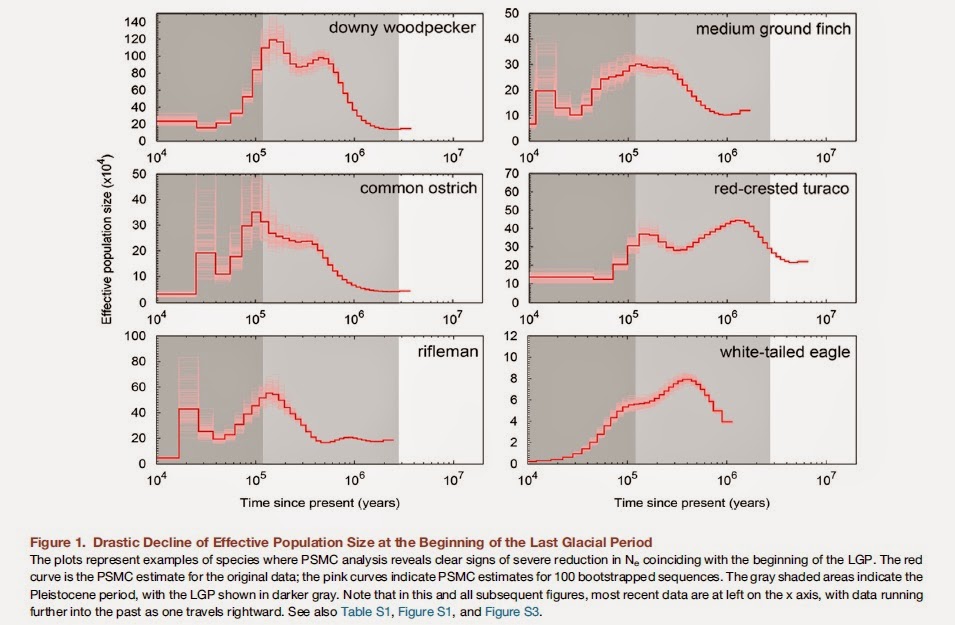A key question in the climate debate is how the occurrence and distribution of species is affected by climate change. But without information about natural variation in species abundance it is hard to answer. In a major study, published in the scientific journal Current Biology, researchers can now for the first time give us a detailed picture of natural variation.
The impact of climate change on species occurrence and distribution is a central issue in the climate debate, since human influence on the climate risks posing threats to biodiversity. But until now methods for investigating how natural climate variation in the past has affected the abundance of species have been lacking.
Now, for the first time, Krystyna Nadachowska-Brzyska and Hans Ellegren of Uppsala University’s Evolutionary Biology Centre in collaboration with researchers at the Beijing Genomics Institute, have managed to clarify the issue in detail by analysing the whole genome of some 40 bird species. By studying the genetic variation of DNA molecules, they have succeeded in estimating how common these species were at various points in time, from several million years ago to historical times.
Ellegren says: ‘The majority of all species exhibit cyclical swings in numbers and these swings often coincide with the periods of ice ages.’
During the Quaternary Period (the past two million years, including the Pleistocene epoch, i.e. up to some 11,500 years ago), inland ice periodically spread across large land areas of Earth. Species distribution then became compressed with falling numbers of individuals as a result. When the climate became milder and the ice sheets retreated, many species expanded.
Rising and falling species numbers thus seem to result naturally from climate variation. Nevertheless, Ellegren warns of the effects of human influence on the environments in which many birds live, and in the long term on the climate as well.
‘The last Ice Age (110,000-12,000 years ago) had a particularly heavy impact on birds. Many species suffered their most dramatic falls in numbers then.’
Accordingly, there is a risk of the relatively recent influence exerted by human beings on environments and habitats, and of course the climate, having a particularly adverse effect on species that have already ‘declined’. Anthropogenic impact may therefore be what irrevocably pushes their decline beyond the ‘tipping point’ to eventual extinction.
‘We’ve analysed several species classified as “endangered” in the IUCN Red List of Threatened Species. Several, such as the crested ibis, crowned crane, brown mesite and kea, were already at a low level even before human activities affected their ranges,’ says Ellegren.
The survey, which is based on advanced mathematical calculations of how many individuals of each species have existed at different periods, yielding the genetic variation in the genome that is now observable, is the most extensive of its kind to date.
Reference:
Nadachowska-Brzyska K, Li C, Smeds L, Zhang G & Ellegren H. Temporal Dynamics of Avian Populations during Pleistocene Revealed by Whole-Genome Sequences. Current Biology, April 2015 DOI: 10.1016/j.cub.2015.03.047
Note: The above story is based on materials provided by Uppsala Universitet.











